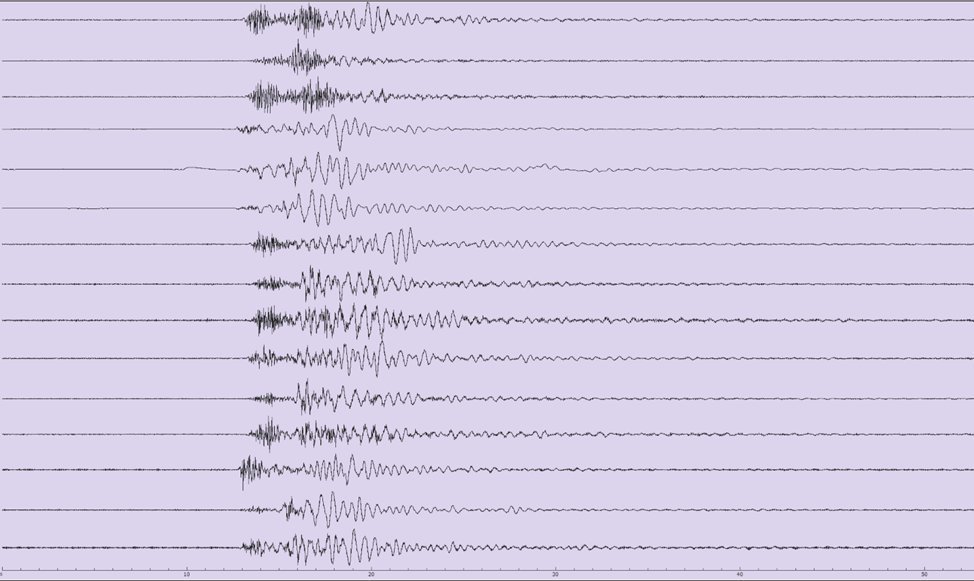Induced Seismicity Monitoring
1. Introduction
2. Seismic Stations
The GEObit hardware, the battery, the battery charge controller, and the GSM router are housed into metallic boxes made by ISTI. The stations were tested before deployment.
3. Seismic Network
Five seismic stations were installed in the field, and they are still in operation. The stations are monitoring induced earthquakes produced from an oil-field operation in near-real-time operations.
Picture 1
The
Picture 2
The
Picture 3
ISTI seismic stations equipped with GEObit hardware.
4. Installation
The seismic stations are getting power from a single 150W solar panel. Overall power consumption is very low thus allowing the use of only one solar panel and a single battery, which is enough to power the seismic equipment and the GSM router for over one week, if there is no solar charging.
More information can be found on ISTI web page.
Picture 4, 5, 6
ISTI seismic station
5. Performance
The microseismic network is performing extremely well. The next picture shows a blast recording from all the network stations. Data are fed through an automated Earthworm system that can locate and compute magnitudes for any events nearby to the network. The blast records provide calibration on the location and magnitude generated by the network of GEObit sensors.
Picture 7
Blast Monitoring
5. References
[1]: http://www.isti.com/
[2]: https://geobit-instruments.com/seedlink-digitizers-sri32/







